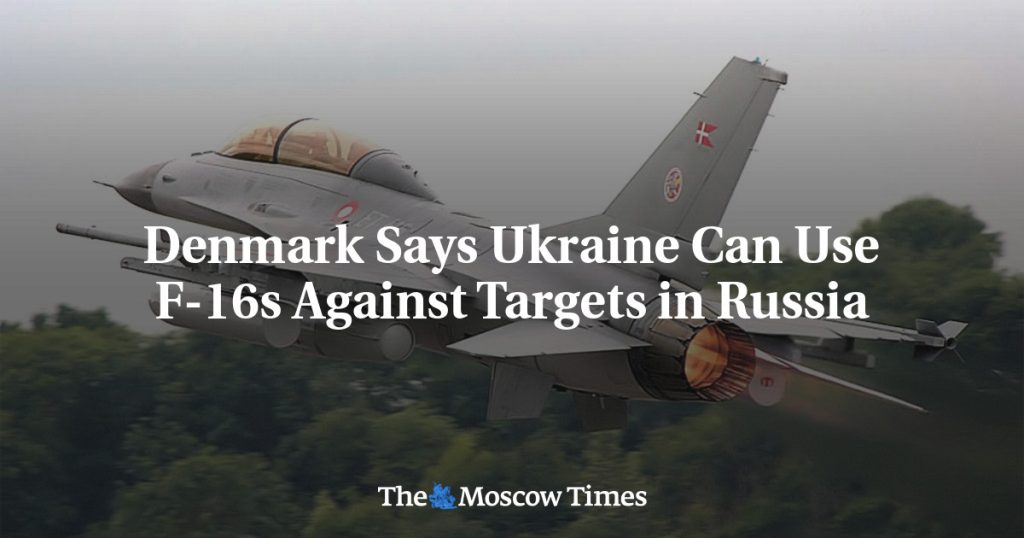Denmark’s Foreign Minister, Lars Lokke Rasmussen, stated that Ukraine would be allowed to use F-16 fighter jets to attack targets inside Russia as part of military support for Kyiv. This decision was made in the context of self-defense and the possibility of striking military targets on the aggressor’s territory. While not a carte blanche for indiscriminate attacks, the focus is on weakening the aggressor by targeting military installations in Russia. Some other countries, such as the Netherlands, Norway, and Belgium, have also committed to sending F-16s to Ukraine, with the first deliveries expected to arrive between June and July.
NATO Secretary-General Jens Stoltenberg has called on Washington and its allies to lift restrictions on how Ukraine can use Western-supplied weapons, despite concerns about potential nuclear threats from Russia in response. Russia has expressed its opposition to F-16 deliveries to Ukraine, viewing them as a nuclear threat due to the aircraft’s capability to carry nuclear weapons. Russian Foreign Minister Sergei Lavrov and Ambassador in Copenhagen Vladimir Barbin have made statements regarding the nuclear threat posed by F-16 deliveries, which Danish Foreign Minister Rasmussen dismissed as part of Russia’s propaganda war. It is evident that the situation is escalating tensions between Russia and Ukraine, with the potential for further conflict.
The decision to allow Ukraine to use F-16 fighter jets to attack targets inside Russia as part of military support demonstrates a commitment to assisting Ukraine in defending itself against Russian aggression. The focus on self-defense and weakening the aggressor through targeted strikes on military installations reflects a strategic approach to the conflict. Despite concerns about potential nuclear threats from Russia, NATO countries continue to support Ukraine in its efforts to secure Western-supplied weapons and military assistance. This support highlights the international community’s stance on the conflict and the importance of standing with Ukraine in the face of Russian aggression.
There is an ongoing debate about the implications of providing F-16 fighter jets to Ukraine, with Russia viewing it as a nuclear threat and Ukraine considering it a necessary measure for self-defense. The diplomatic tensions and rhetoric between Russia and Western countries, such as Denmark and NATO, further complicate the situation. It is essential to navigate these challenges carefully to prevent further escalation and ensure that any military support provided to Ukraine is used responsibly and in accordance with international norms. The role of diplomacy and dialogue in resolving the conflict between Russia and Ukraine remains crucial to avoiding further hostilities and finding a peaceful resolution.
The support for Ukraine’s use of F-16 fighter jets to target military installations in Russia raises questions about the potential consequences and risks of such actions. While the focus is on self-defense and weakening the aggressor, there is a need to consider the broader implications and potential escalation of the conflict. The involvement of multiple countries in providing military support to Ukraine adds complexity to the situation and requires careful coordination and communication to prevent misunderstandings and unintended consequences. It is crucial for all parties involved to prioritize peaceful solutions and diplomatic efforts to address the underlying issues driving the conflict in Eastern Europe.


